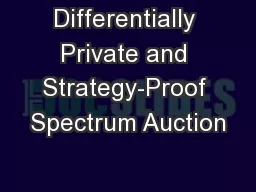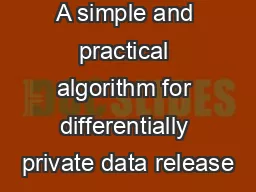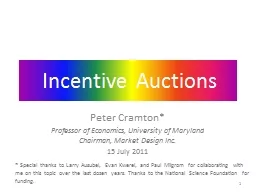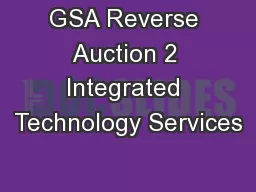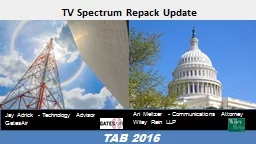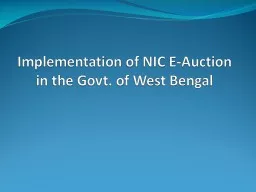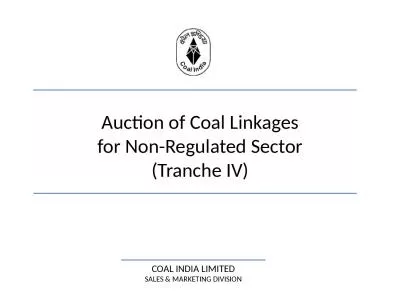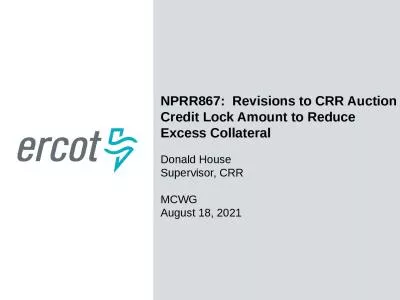PPT-Differentially Private and Strategy-Proof Spectrum Auction
Author : trish-goza | Published Date : 2017-01-21
Approximate Revenue Maximization Ruihao Zhu and Kang G Shin Department of Electrical Engineering and Computer Science University of Michigan Ann Arbor 1 Outline
Presentation Embed Code
Download Presentation
Download Presentation The PPT/PDF document "Differentially Private and Strategy-Proo..." is the property of its rightful owner. Permission is granted to download and print the materials on this website for personal, non-commercial use only, and to display it on your personal computer provided you do not modify the materials and that you retain all copyright notices contained in the materials. By downloading content from our website, you accept the terms of this agreement.
Differentially Private and Strategy-Proof Spectrum Auction: Transcript
Download Rules Of Document
"Differentially Private and Strategy-Proof Spectrum Auction"The content belongs to its owner. You may download and print it for personal use, without modification, and keep all copyright notices. By downloading, you agree to these terms.
Related Documents

